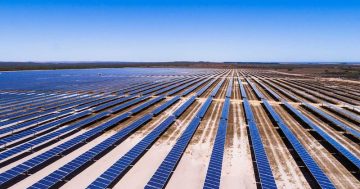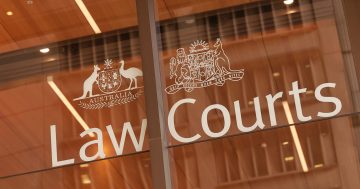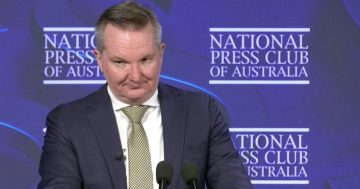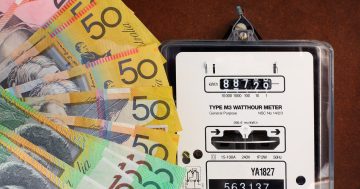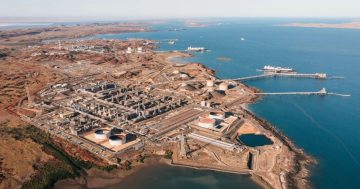Ben Power* interviews an investment expert who says that despite low oil and gas prices, renewable energy will still shine.
 The plunge in oil and energy prices has highlighted the strength of renewable assets like wind and solar as safe long-term yield investments.
The plunge in oil and energy prices has highlighted the strength of renewable assets like wind and solar as safe long-term yield investments.
Speaking ahead of the Fiduciary Investors Digital Symposium, Managing Director of Octopus Investments Australia, Sam Reynolds said renewable assets were not damaged by the slump in energy prices and could even benefit.
“If anything, this strengthens their investment thesis,” he said in an interview.
“Energy prices really need to crater for a very long period to have a meaningful impact (on renewables).”
With Australia still 80 per cent reliant on coal and gas, the local energy market does not have a big direct exposure to oil which recently crashed to record lows.
Even so, it is linked to the gas market which is a major source of price setting for energy in Australia — and gas prices have fallen between 40 to 50 per cent since the start of the year.
Mr Reynolds said the lower short-term energy prices would not have a big impact on renewables, before adding that their main advantage was their zero cost of inputs.
“As long as the energy price is above zero, renewable energy will get dispatched all else being equal,” he said.
“Utility-scale solar and wind sites can trade through very low energy prices because they are highly cash-generative and have very low operating costs.”
In contrast, coal-fired power stations have to build the cost of getting coal into their sites and they must bid into the energy market at a margin above that cost.
Mr Reynolds said renewable energy could win from a period of sustained low energy prices if the pandemic continued for another two years and the recovery took another three-to-four years after that.
“Renewable assets can continue to trade without a problem because of the low cost,” he said.
“It really impacts other generators that don’t have zero cost of input, like coal and gas. A very low energy price could make coal and gas less economical in the long run, which will help renewable energy.”
About 55 per cent of Australia’s coal-fired stations are more than 30 years old, and are inefficient, according to Mr Reynolds.
Many are also forecast to retire and a period of sustained low energy prices could mean they are removed from the market even quicker than scheduled.
“You could see that happen in Australia if the market downturn continues for three years or so,” he said.
Around 50 to 60 per cent of the revenue from renewable assets is tied to a fixed-price power purchase agreement, which means “you’ll get paid regardless of where the energy price ends up”, Mr Reynolds said.
While the remaining revenue of so-called merchant electricity is exposed to lower energy prices, he said the assets were still quite high cash-yielding.
As for the type of returns that renewables can generate, the Octopus executive stressed that they were not a play on growth.
“We’re not talking about 15 per cent returns,” he said.
“It’s a very safe, stable, long-term yield play. That’s why it holds up really well during these conditions.”
*Ben Power is a writer and journalist specialising in business, finance, economics and investing.
This article first appeared at investmentmagazine.com.au.


